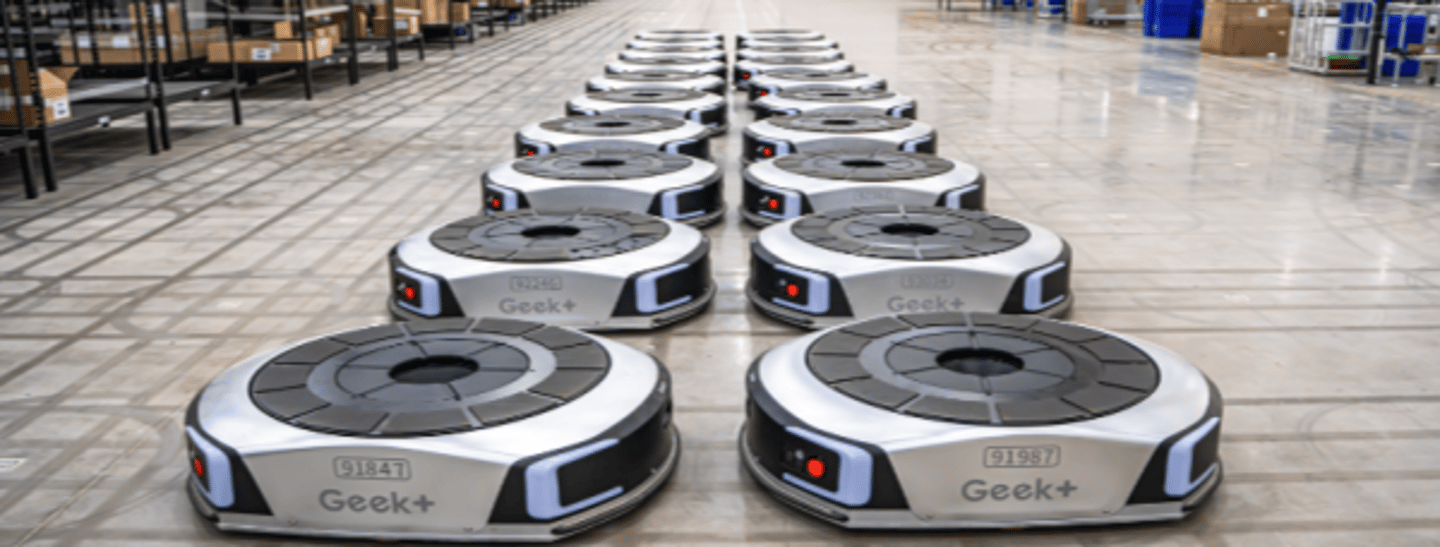Emerging trends in hardware and LBM
No one knows for certain what lies ahead for the rest of 2024, much less the rest of July, but grappling with what’s next is always a healthy exercise.
What tech is worth tinkering with? Which materials and designs are hot right now? Which tactics, strategies and platforms are pros prioritizing?
Below, industry insiders share what they’re seeing in the aisles, at the yards, on the roofs and beyond.
What’s next in hardware, building supply, lumber and beyond
There’s a huge demand for “sustainable” building materials right now, says Erik Lynn, VP of pre-construction at North Carolina-based Ace Avant Concrete Construction. “More people are asking for eco-friendly building materials. They want concrete mixes that are kinder to the environment, using recycled materials and reducing carbon footprints.” Lynn also touts the rise of more innovative types of concrete, some of which is more durable or can “heal itself.” “These innovations are changing how we build,” he says.
He’s also seeing an uptick in tech at hardware stores, ranging from devices to track stock and monitor inventory, as well as more streamlined online ordering.
In regards to tech, Lynn says his teams are using:
Building information modeling (BIM) helps us plan projects in detail, seeing everything from start to finish before we even start pouring concrete.
Drones and UAVs are like our eyes in the sky, helping us survey sites, track progress, and even deliver small items to tricky spots.
3D Printing might not be everywhere yet, but we're starting to use it to make parts and even whole sections of buildings, which could change how we get materials.
Augmented reality (AR) and virtual reality (VR) help us train, see projects in 3D and work with others far away, making our work more accurate and collaborative.
“Embracing new tech, focusing on sustainability, and keeping safety a top priority are how we stay ahead in this exciting and evolving field,” says Lynn.
Exciting things are happening up on the roof, according to Brendan Anderson, founder of Montana-based Brix Systems Roofing. As for tech, here’s what he’s seeing in the industry:
Drone inspections: These little guys are a game-changer. We can use drones to get a detailed visual inspection of a roof's condition without all the danger of walking on a steep pitch. This saves time, improves safety and helps us provide more accurate estimates.
3D modeling software: Some roofers are using 3D modeling software to create detailed plans and visualizations for clients. This helps them understand the project scope and see how the finished roof will look on their house.
Project management apps: Cloud-based project management apps help us stay organized, avoid costly mistakes and improve client communication.
As for macro trends, he’s seeing post-pandemic shifting demand. “We're seeing fewer new construction projects and more focus on renovations and repairs. This means a potential dip in lumber sales for builders but a rise in roofing materials and supplies for homeowners tackling smaller projects,” he says.
The future poll is here
What emerging trend is most likely to impact your business? Take the HBSDealer poll here.
He’s still wary of supply chain issues, too. “Lumber prices are coming down from their peak madness, but there can still be delays on specific materials. It's crucial for stores to have a good handle on their suppliers and keep a buffer stock to avoid project delays.”
Anderson is also seeing more demand for sustainability and more eco-conscious design elements. “There's a growing interest in eco-friendly roofing options like metal roofs with high solar reflectance or recycled content shingles. People are looking for ways to save on energy costs and reduce their environmental footprint. Smart hardware stores are expanding their selection of these sustainable materials.”
Kristin Hintlian, co-owner of Bonsai Builders in Massachusetts, is seeing similar building trends toward efficiency and mindfulness moving forward. “Building information modeling software is becoming crucial for efficiency and client communication, and robotics and automation are streamlining production and warehousing,” she says.
Sustainability and energy efficiency are key trends to capture. “Products like sustainable building materials, solar panels and geothermal systems are in high demand. There is also growth in modularization and prefabrication to reduce waste and speed up construction.”
While she notes that big-box stores and online retailers are always going to claim a lion’s share of sales, she says some smaller, more specialized stores that offer expertise and customization are thriving. For example, “kitchen and bath showrooms are doing well, as clients want guidance in these complex home remodels.”
Looking ahead, she says, “Off-site construction and 3D printing of homes could significantly disrupt the market. Companies need to stay on the cutting edge to compete.”
Offering a view from the manufacturing side of things, Albert Brenner, co-owner of Altraco, offers similar sentiments as those above. However, he sees a need to push harder into robotics and automation, which he says can boost “efficiency, quality control and customer experience.”
He also notes that, “Sales of solar panels, sustainable building materials and water-saving fixtures have skyrocketed,” reinforcing the need for companies to embrace and prioritize more eco-conscious materials. Brenner offers a reminder that being a good corporate citizen can reap multiple benefits. “Companies must forge strong local relationships. Sponsoring community events has raised our visibility and revenue 23% this year. Giving back builds goodwill and new customers.”




